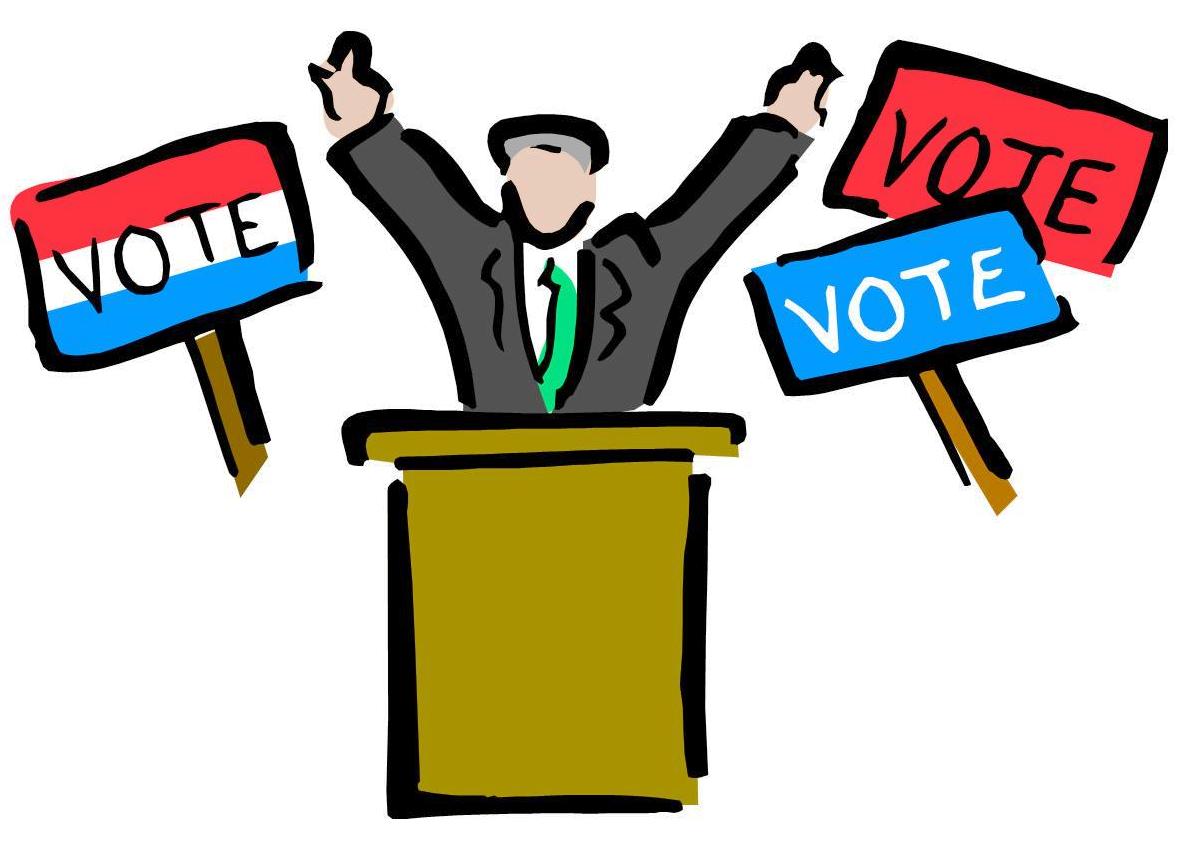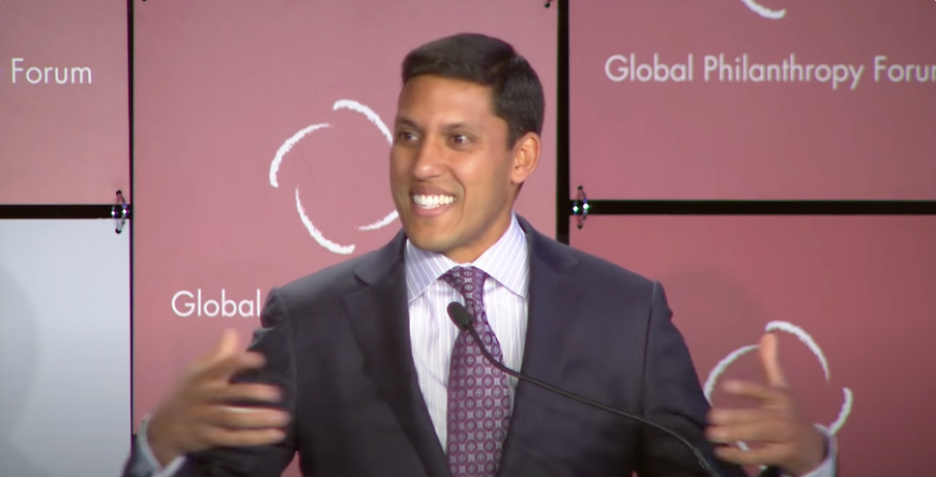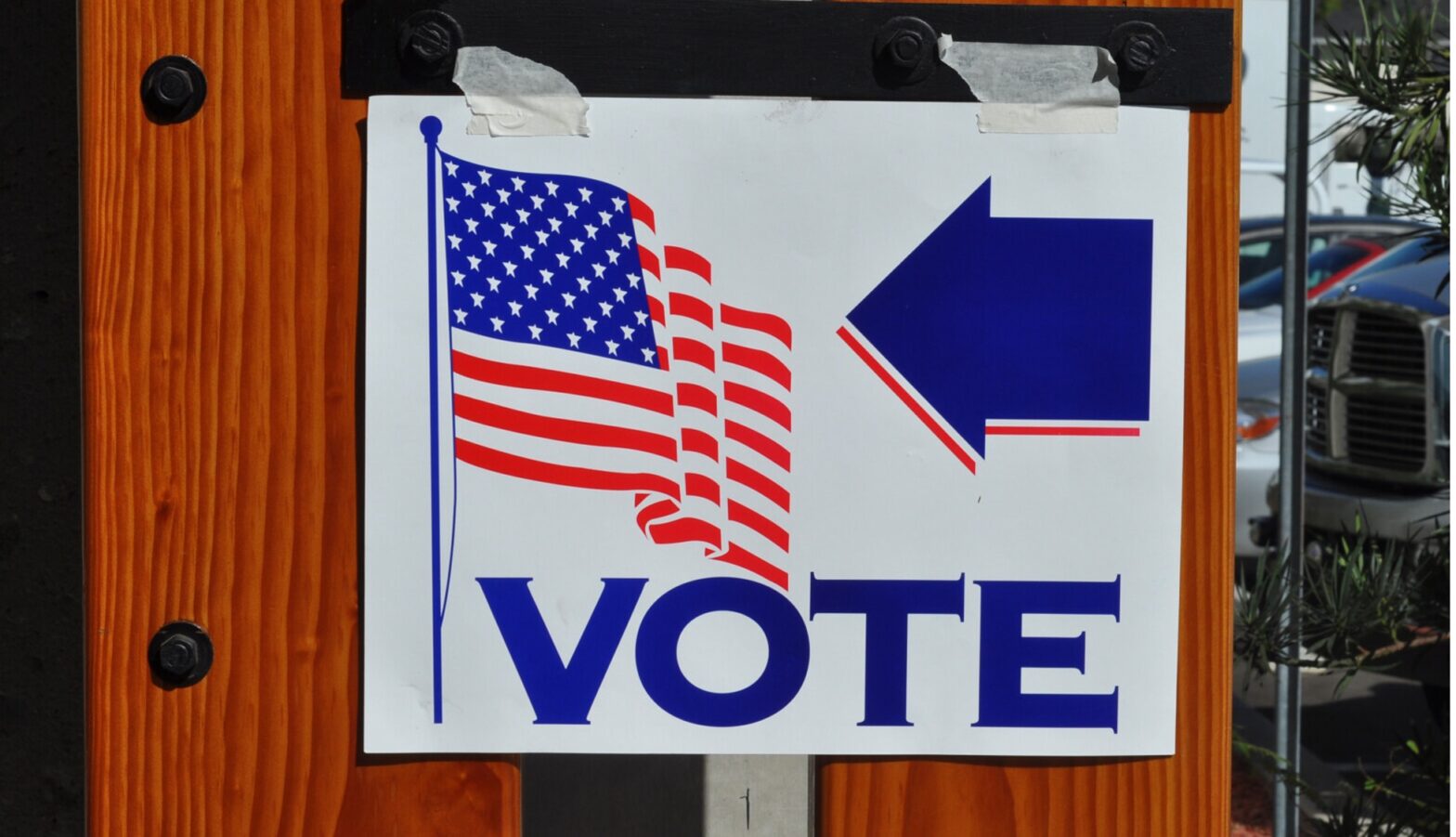Leading nonprofit associations have rejected efforts to expand the rules governing donor privacy. Their concern is misplaced, and the field’s legitimacy is at stake.
The below column, republished with permission, originally appeared in The Chronicle of Philanthropy on November 2, 2023.
***
Is donor privacy an absolute, indisputable right? Looking at the responses to the House Ways and Means Committee’s recent request for comments on the behavior of nonprofits, one might think so. Almost every major association in the charitable field from left, right, and center expressed fears that transparency would damage the sector and possibly imperil the security of donors.
The donor-privacy debate is an old and not-always-nuanced discussion over whether and when the public should be able to identify financial supporters of organizations involved in research, policy, and election-adjacent activities. One side firmly believes donor privacy should never be breached. The other side is almost as adamant in demanding full transparency.
Two primary factors are driving concerns from Congress and others about the lack of transparency required of 501(c)(3)’s, 501(c)(4)’s, and donor-advised funds, all of which, unlike foundations, are not required to reveal their donors.
The first factor is foreign funding of research institutions, universities, think tanks, and election-adjacent organizations, especially Chinese influence over scientific and policy research. But revelations about Norwegian funding of the Center for Global Development, a Washington, D.C.-based think tank focused on global poverty, and the role of Swiss national Hansjörg Wyss in funding various Democratic initiatives have also triggered scrutiny.
Republican Senator Chuck Grassley of Iowa introduced legislation earlier this year that would require think tanks and other policy organizations to reveal their foreign funding. And following the Hamas attack on Israel last month, Republican Senator Josh Hawley of Missouri asked the Department of Justice to determine who is supporting anti-Israel student organizations such as Students for Justice in Palestine, the group leading many of the pro-Hamas demonstrations on college campuses.
The second factor involves how American money eligible for the charitable tax deduction is used to influence U.S. politics and policymaking. The Tax Reform Act of 1969 restricted 501(c)(3) lobbying and election-adjacent activities, such as voter registration, education, and mobilization. But a lack of enforcement and shrewd legal maneuvers have weakened those restrictions.
Many nonprofits engage in election-related activities that may be legal but appear to have a partisan motive because of the specific audiences targeted. Perhaps more importantly, these same groups are often allied with 501(c)(4) organizations that have much more freedom to engage in political activities. Money can pass from (c)(3)’s to affiliated (c)(4)’s under certain conditions and, hence, taxpayer-subsidized charity can support partisan activities. In the same vein, DAFs can be used to support both types of nonprofits and do so with an almost complete lack of transparency.
The evolution of campaign-finance reform since the early 1970s has forced political action committees to be more transparent about donors, leading to the creation of more opaque methods of giving, including the use of “dark money” to fund political campaigns.
A problematic response
The House Ways and Means Committee asked the nonprofit community for comments on both issues—foreign funding and political activity, provoking angst from all corners of the field.
The Council on Foundations, along with the Independent Sector and United Philanthropy Forum, sent a lengthy letter, which, in essence, asserts that since nonprofits can’t and don’t engage in partisan politics, clarification of the rules and greater transparency isn’t needed. On the issue of foreign funding, the letter expressed concern that disclosure might have a chilling effect on foreign donations to American institutions and could trigger retaliatory laws from other countries that would make it more difficult for American donors to give overseas.
The letter concludes by calling for “continued enforcement” of current laws on donor information and noting that additional disclosure is not necessarily useful.
The conservative Philanthropy Roundtable’s letter to the committee was more strident in its rejection of additional transparency, arguing that a few “bad apples” are misusing the system and should be dealt with through existing IRS enforcement procedures—not greater disclosure. The organization even asserts that more stringent regulations are unnecessary to halt the transfer of funds from 501(c)(3)’s to (c)(4)’s.
But the Philanthropy Roundtable also makes it clear that any attempt by Congress to expand the tax agency’s enforcement capacity is unacceptable, suggesting that a fortified IRS could be used to deter and silence political opponents of a particular presidential administration.
Both responses are regrettable at best. Laws and regulations age and need to be revised as new strategies are developed to achieve specific ends. In 1969, a relatively small number of nonprofits and foundations engaged in election-related work. But between 2011 and 2022, more than $2.3 billion was given by foundations alone to support election and voting projects, according to Candid. That number does not include money coming from DAFs, individuals, or foreign sources, so it seems likely the real amount was considerably higher.
The establishment view that the current enforcement process is sufficient rings hollow.
In the 1980s, donors were very cautious about supporting lobbying and election-adjacent projects for fear of IRS audits or even a congressional hearing. That fear has almost disappeared thanks in part to the controversy 10 years ago involving Lois Lerner, then director of the Internal Revenue Service’s Exempt Organizations division, who was accused of denying or delaying tax exempt status to Tea Party groups. Although the Justice Department found no evidence that the actions were politically motivated, the IRS has since taken a more hands-off approach to investigating tax-exempt groups, lest it be accused of partisanship.
Challenge for watchdog groups
The lack of donor transparency has also stymied the ability of non-governmental watchdog groups to provide oversight. Without greater disclosure, it’s almost impossible to trace the flow of money from (c)(3)’s to (c)(4)’s or to figure out how DAF dollars help organizations engaged in lobbying and election-related activities.
Greater disclosure of foreign donors should be an easy place to start remedying the situation. No one is proposing a ban on such giving— just that it be disclosed. When the head of a think tank testifies before Congress on a foreign-policy issue, shouldn’t we know if a non-American entity, government or otherwise, is funding that institution? And if a foreign donor is supporting a nonprofit involved in voter mobilization, doesn’t the public have the right to know?
Transparency involving American donors is more complicated. Donors to controversial groups have received verbal and even physical threats. Laws, however, are in place to protect people from abuse of this kind. In other words, disclosing donor names is not the real issue here—it’s enforcing the laws against those who make such threats.
In the absence of donor disclosure, mechanisms should be available to ensure nonprofits and their donors are adhering to lobbying and election laws. Congressional hearings would be a good first step to both identify the problem and devise potential solutions. In the 1960s, hearings were essential to creating a framework for regulating the charitable sector.
Another concrete step is to increase the budget and power of the IRS’s Exempt Organizations division to ensure it can perform the investigative work necessary to keep nonprofits in line. Alternatively, watchdog groups could encourage more people to report wrongdoing in the sector, including activities that seem to cross the line between charity and politics. They could then use that information to push the IRS and state attorney generals to enforce the law.
The role of a trade association is to advance the interests of its members and not to improve the sector or civil society in general. Still, one would hope that the Council on Foundations, the Philanthropy Roundtable, and other leading associations would see congressional interest as an opportunity to discuss practical and ethical means for reassuring the public that tax-deductible contributions are used appropriately.
This issue is serious, growing, and fundamental to the field’s legitimacy. It deserves a thoughtful and informed debate about privacy, transparency, philanthropic freedom, and charitable regulation.




